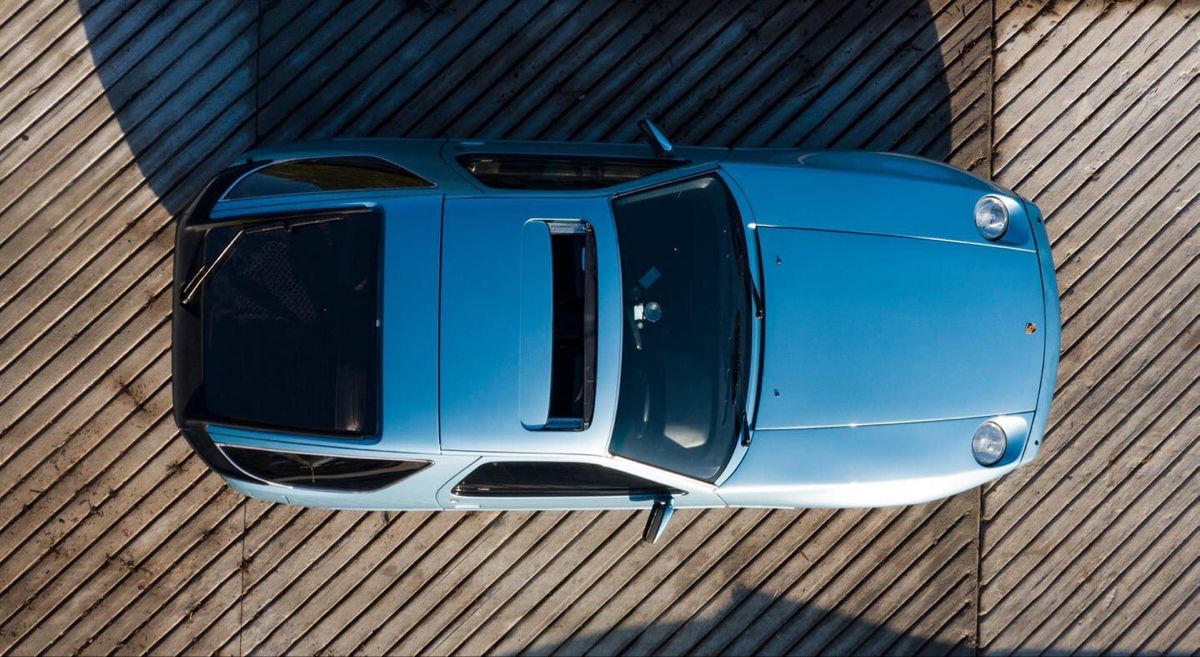Porsche 928 around the world.
The market for Porsche 928s appears to be increasing exponentially; an in excellent condition manual transmission GTS in appropriate colors could easily fetch six-figure prices.
Porsche unveiled their iconic model back in 1977 with a 4.5-liter V-8 producing 240 horsepower, but over its 18 year production run they made several updates to both engine and other key areas.
Europe
Porsche introduced the 928 in 1977 as an unparalleled front-engined sports car. Departing from their air-cooled tradition and offering a powerful V-8 engine, its design also highlighted driver involvement through features such as a tall center console that divided driver and passenger compartments; plus stylish leather seats and an expansive instrument cluster.
The original 16V engine featured a high compression ratio and Bosch LH-Jetronic fuel injection system, with large bore and stroke dimensions to increase RPM while creating an adjustable torque curve.
Early on in production, about 80 per cent of cars sold featured an automatic transmission, adding to its relaxing yet luxurious feel. Buyers could also opt for the more sporty Competition Group option which included front and rear spoilers, telephone dial alloy wheels, sport interior trim options and an aggressive look with larger tailgate.
North America
The original Porsche 928 was one of the most strikingly elegant cars of its era, featuring spacious interior, fold-down rear seats and an enormous tailgate for loading luggage.
This car featured a front-mounted, water-cooled V-8 engine producing 237 horsepower (with U.S. emissions regulations reducing it to 219) driving its rear wheels through either a five-speed manual transmission or four-speed automatic.
Porsche bosses were concerned with 911 sales declining with age, so they sought a new model to compete against Mercedes-Benz and Jaguar offerings. Traditional 911 buyers weren’t interested in switching over to the 928; its sportiness turned them off. Furthermore, its innovative design had been virtually unchanged for 17 years while offering both speed and refinement that was unique on the market.
Australia
As the 928 was being produced, many either loved it or despised it. Many disliked its thirstiness, complexity and cost almost as much as a 911.
Yet this car was an exceptional feat of engineering at its time, made entirely out of aluminium with an electrical engine (called Weissach axle ). It used all-wheel steering (called the ‘Weissach axle’ ) as an early form of all-wheel steering to help offset oversteer in corners, and had an estimated maximum horsepower rating of 240 PS; yet could reach 100km/h in only seven seconds with continuous acceleration.
Indoor comfort was abundant with air-conditioning, power windows, central locking and driver and passenger airbags available as standard features. Hans Brauns’ revolutionary interior design turned a bulky tunnel needed for automatic gearbox housing into a feature of the dashboard and seats – merging its presence seamlessly with them for maximum aesthetic impact.
New Zealand
As the 1970’s oil crisis unfolded, Porsche executives saw an opportunity to add a fuel efficient car to their lineup. Not wanting the 911 to drain away profits too quickly, Porsche developed the 928 as an elegant grand touring car featuring transaxle setup to reduce turning circles as well as simple instrument cluster that moved in tandem with steering wheel rotation.
Over its 18 year production run, this car underwent several improvements including increased engine efficiency, new models and changes to design and interior. While critics may claim it to be overly complex and thirsty, its owners have reported getting 20mpg or higher depending on driving style; some even competed in Le Mans 24 Hour Race without great success.

